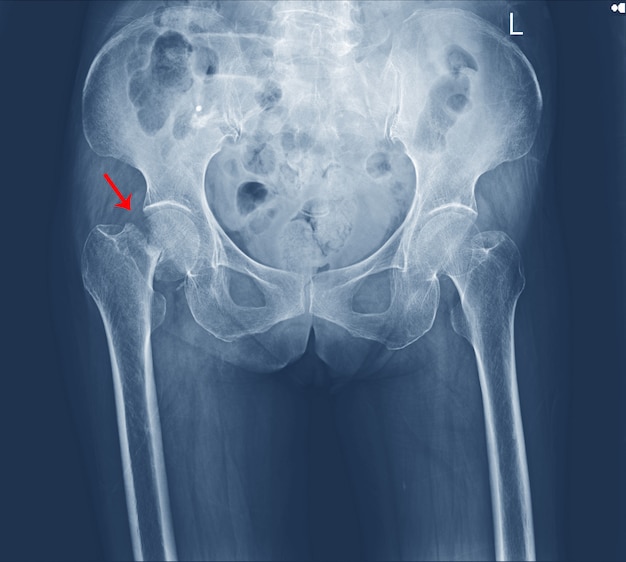
Pelvic pain is something you should not ignore. While it may be something minor, you need to rule out any dangerous conditions. You need a gynecological surgeon who can define the problem and offer advice on various procedures. In Summerlin, pelvic pain specialists can have you taken care of in several ways: through a variety of treatments, minimally invasive surgery, or robotic surgery.

Many women experience short bouts of pelvic pain due to their menstrual cycle. For pelvic pain to be considered chronic, however, it must be present for six or more consistent months. Here are some of the most common reasons for chronic pelvic pain, along with ways to treat it.
Table of Contents
Endometriosis
A major reason for pelvic pain, endometriosis occurs when the uterine lining, called the endometrium, grows on the outside of the uterus. While it can happen anytime, endometriosis often occurs near the time of your menstrual cycle. It can begin a bit before your period starts and can keep going throughout your period.
If hormonal birth control does not help the symptoms, you may require a laparoscopy. This allows your gynecological surgeon to see what is going on inside your abdomen and remove endometrial tissue. During the procedure, your gynecological surgeon inserts a thin instrument with an attached light through a minuscule incision in the abdomen. A laparoscopy can both confirm your doctor’s diagnosis and provide treatment for the problem.
Uterine Fibroids
Sometimes, the pelvic pain comes with extremely heavy periods. If this is the case and you find you need to urinate often or experience constipation, you may have fibroids in your uterus. These are benign tumors and may be present without experiencing any noticeable symptoms or pain.
Again, the first step is generally to prescribe hormonal birth control treatment. If you receive no relief, there are several options, one of which includes embolization. This treatment involves injecting tiny particles into the uterine arteries, cutting off the blood flow and killing the fibroids.
Pelvic Inflammatory Disease
Also known as PID, this condition involves an infection of the reproductive organs. The uterus, ovaries, cervix, and fallopian tubes can all be infected. It is a common occurrence in women aged 14 to 35 and can last for days or even weeks. Among the symptoms are vaginal discharge, pain during sex, fever, chills, trouble urinating, and abnormal uterine bleeding.

PID can be caused by sexually transmitted bacteria and spreads through sexual contact. Treatment of PID includes antibiotics to reduce infection. In some cases, the patient may require an incision and drainage of the infection.
Ectopic Pregnancy
Unlike previous conditions, an ectopic pregnancy is rare. In an ectopic pregnancy, a fertilized egg becomes attached to the outside of the uterus. This is a serious condition that can threaten your life. It is crucial to seek medical help immediately.
There is no way for a pregnancy to survive outside the uterus. Early detection may require only medication. If found later, laparoscopic surgery or other surgery may be needed.
Ovarian Cysts
These are small sacs filled with fluid that grow in the ovaries. While most are harmless, some cause pain, bleeding, or can rupture. Symptoms include irregular periods, a feeling of fullness, and pain during sex or after exercise. They can also hinder your fertility. While many of them disappear on their own, though they may have to be removed surgically.
Don’t wait for the pain to become unbearable. Contact your gynecological surgeon about treatment options for your chronic pelvic pain.






